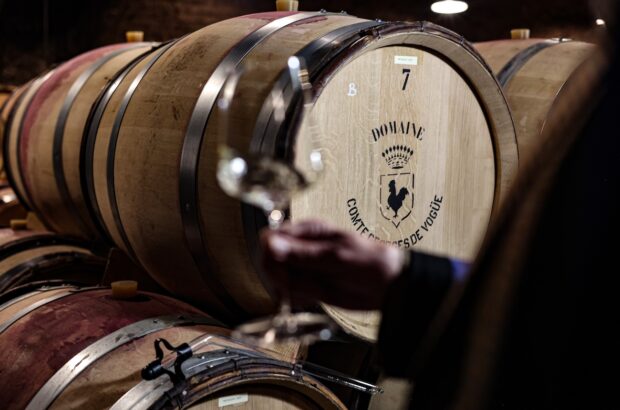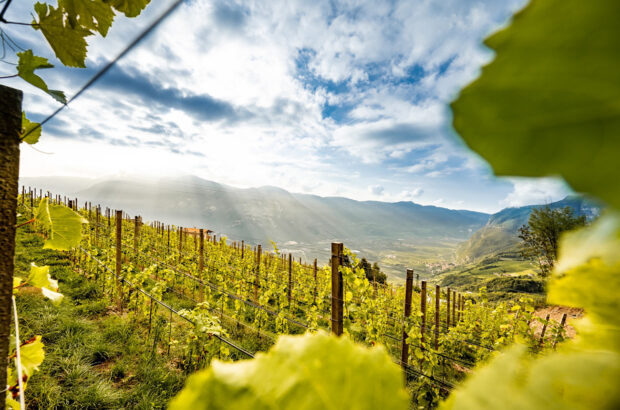Wine Legend: Royal Tokaji, Nyulászó Aszu 6 Puttonyos 1993, Tokaj, Hungary
- Bottles produced 12,007
- Composition Furmint-Hárslevelű
- Yield 0.5hl/ha
- Alcohol 10.7%
- Release price $77
- Price today £234/50cl
A legend because…
After decades of Communist state monopoly, the Hungarian wine industry underwent gradual privatisation after 1990. Royal Tokaji was one of the very first to benefit from international investment. Initial vintages of that decade were not exceptional, but ideal conditions in 1993 allowed new producers to make Tokaji of high quality. Although vintages of the early 1990s have not aged particularly well, 1993 has stood the test of time.
Looking back
Royal Tokaji was founded by Hugh Johnson, Peter Vinding-Diers and other investors, who acquired some outstanding vineyards and hired István Szepsy as consultant winemaker. Szepsy was profoundly knowledgeable about traditional techniques for the production of Tokaji Aszú. From the outset there was a conflict between an oxidative style of winemaking, misleadingly thought of as ‘traditional’, and a more modern approach that ignored the rulebook and permitted experimentation with fermentation techniques as well as ageing in newer barrels. Royal Tokaji would prove innovative without pursuing an oxidative style.
The vintage
Warm weather at flowering ensured a good crop, and the balmy summer that followed brought the vines to full maturity. Autumnal mists brought an early onset of botrytis, allowing the production of exceptional aszú wines.
The terroir
The Royal Tokaji founders relied on historic vineyard classification maps from the late 17th century when buying or leasing parcels of vines. Nyulászó had been classified as first growth, and the company acquired 12ha (today expanded to 18ha) of southeast-facing vines at an elevation of 200m. The topsoils are volcanic, and below lies a complex blend of clay, calcareous loam, tufa and quartz.
The wine
Aszú means a wine made from hand- picked botrytised grapes. A paste is made from compressed aszú grapes and added to a base wine, which re-ferments. This results in a wine with high residual sugar, acidity and extract. The puttonyos number reflects how many 20kg hods of berries are added, and the higher the number the greater the intensity and sweetness of the finished wine. In recent decades the system has simply reflected the proportion of berries, rather than a counting of hods. After fermentation, the wine was aged for three years in small casks of Hungarian oak. At bottling the wine had 218g/L of residual sugar and an acidity level of 10.3g/L.
The reaction
In a 1997 review, Wine Spectator found the wine ‘complex and multilayered… clean and pure, with loads of tropical, dried apricot and dried fig, vanilla bean, ginger snaps and curry… Bravo!’ A year later, Stephen Brook relished the wine’s ‘lovely racy honeyed nose, smoky, dried-fruit aromas. Lean, firm, robust, voluptuous, with fine acidity giving tangy citric tones. Creamy, complex and very long’.
Richard Hemming MW reported in 2017: ‘Caramel, milk chocolate, mint, pear and ginger – the list goes on. Fractal complexity and endless persistence… Captivating, profound, extraordinary.’ In the same year, Peter Richards MW wrote in World of Fine Wine: ‘…the palate explodes in a burst of vigour and juicy energy, full of tangy acidity and bittersweet candied fruit… somewhat old-school, but with plenty of life and swagger in the bones.’
In 2019, Neal Martin said in Vinous: ‘Floral nose features yellow plum, dried honey and quince notes that blossom in the glass… well balanced, offering quince, marmalade and dried orange peel toward the finish. This significantly improves with aeration. Perhaps the first really great post-1990 Tokaji.’







